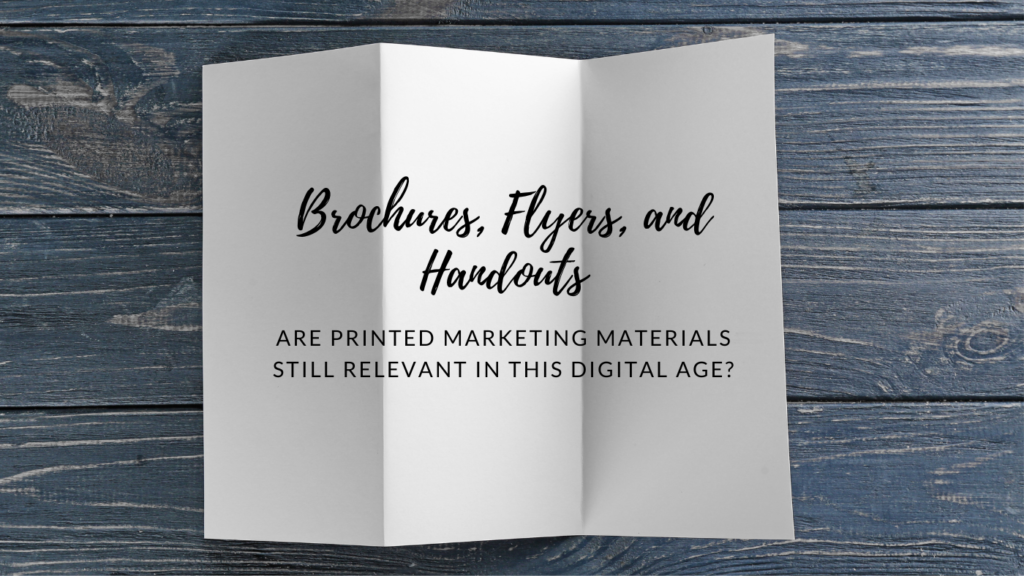When was the last time you wrote a letter, stuffed it in an envelope, and stuck it in your mailbox? That tedious task is virtually extinct thanks to texts, emails, and instant messaging. Do you still get a paper bill for your utilities and credit cards, and write a check for payment? Probably not since automated bank transactions and online bill payment became available. How about paper calendars and planners? These days most people rely on their phones and watches to alert them to appointments and important events. You might even choose to have your retail receipts emailed or texted to you instead of printed at the register, AirDrop your contact information rather than hand someone a business card, navigate a road trip without a paper map, and get through an entire college course without purchasing a pen or notebook.
Within the last few decades, our world has slowly but surely progressed to a “paperless” existence. According to Statista, more than 2,500 newspapers closed down or merged with other papers between 2004 and 2022 — mostly thanks to the advent of online media. Most Americans — 57% according to the New York Times — prefer plastic or digital payment options instead of cash and coins. And companies are making concerted efforts to rid themselves of printed forms, reports, and documents with digital signatures, shareable files, and fillable pdfs in order to save money and “go green.”
So when it comes to Ad4! Group’s marketing recommendations, you’d think we’d be all about digital billboards, online ads, optimized websites, and social media. Well, we are … However, we still believe in the power of print.
Believe in brochures
Once upon a time, brochures — glossy bifold or trifold informational papers — were the best way to advertise your business. Compact and colorful, brochures provided an easy-to-read synopsis of what you had to offer, complete with summarized paragraphs, photos, and maybe even charts or graphs. Racks packed with brochures were staples in rest stops, hotels, banks, retail counters, and corporate office buildings, while smaller displays were practically required to hold a prominent customer-facing spot on desks and check-out areas. Customers were encouraged to pick up a brochure to learn more about your offerings, clip an enclosed coupon, or to keep your phone number or address handy.
As it turns out, all of those benefits of brochures are still pretty relevant. Their size makes brochures an affordable option for today’s businesses; additionally, their small footprint means they’re easy to tuck into a purse or a pocket. The most effective brochures include only the most pertinent information in a succinct format, so when a customer needs to quickly reference your hours, services, or menu items, it’s easy to find within the text.
Well-done brochures proudly display your logo, brand colors, and colorful images — all serving as a lasting reminder of what you do and what you’re all about. Plus, offering printed brochures doesn’t depict your operation as old-fashioned or out of touch. Today’s brochures include simple ways to encourage engagement with your brand, like QR codes that lead to websites or bar-coded coupons that can be easily scanned. Simply put, they’re an easy, affordable, and attractive addition to your digital and physical marketing mix!
What about other printed materials?
While a brochure is usually the first item to come to mind when you think of printed marketing pieces, they shouldn’t be the only paper item in your toolbox. Here are a few more pieces that our Ad4! Team highly recommends, and why we like to use them:
- Flyers: Half-page, one sheet flyers are perfect for advertising short-term sales or promotions, and they’re easy to hand out at festivals, parks, or pop-up events or add to bags along with purchases receipts.
- Booklets: While brochures are usually a folded single sheet, a booklet is a bit more substantial, with multiple pages and additional information. Booklets are great to share images and descriptions of multiple products, full menus or service offerings, or detailed information about how you do what you do.
- Business cards: You might be surprised at how many people still use — and keep — wallet-sized business cards. With the right quality of paper stock, effective design, and details like embossing, you’re sure to make a great impression when introducing yourself to a new colleague or potential client.
- Postcards and mailers: Direct mail is still an effective way to reach out to your target audience. Eye-catching, customized, and concise postcards will attract the recipient’s attention, provide all the details they need to know, and nudge them to take the next step in your marketing journey, whether that’s calling, emailing, or signing up for an offer.
The bottom lineWe may be living in a digital age, but we’re nowhere near becoming a truly paperless society — and thank goodness for that. Physical, paper-based marketing materials are still effective and valuable, especially when they’re produced and promoted by a team like ours at Ad4! Group. We know what content to use, codes and coupons to include, and design to make your pieces stand out. Get in touch with us today and let’s talk about the role of printed options in your marketing strategy!
